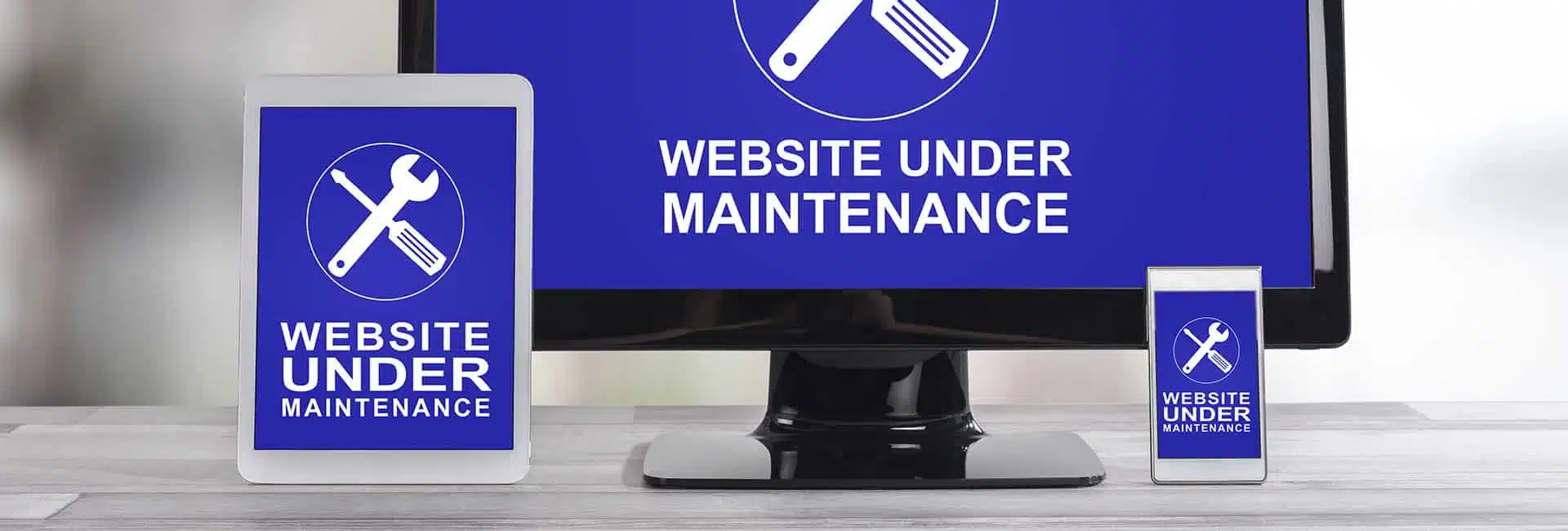How to make your company's sales process more efficient
Rely on luck? It is not enough to increase your company’s profit. Nowadays, with fierce competitors and increasingly demanding consumers, it is necessary to define an efficient sales process.
But what is a sales process?
A sales process is a model with several actions that must be followed by your company’s employees involved in the commercial and marketing areas, with the aim of presenting a value-added offer to the customer and increasing revenue. In other words, the process translates into a list of necessary activities, presented in chronological order, for a sale to take place, with a well-defined beginning, middle and end.How important is the sales process?
A well-defined sales process treats sales as a science and therefore allows your company’s decisions to stop being taken based on assumptions and start being taken based on actions, supported by the right tools and coordinated efforts between sales teams. sales and marketing to successively achieve the best possible results.How to make your company’s sales process more efficient?
Before we suggest a step-by-step guide to setting up an efficient, scalable and measurable sales process, it is important to point out that before starting, you must study your target audience in depth in order to be able to skillfully guide them through all the phases of the sales funnel, towards purchase… and repeat purchase!1. Clearly define the steps of the sales process
A sales process is not a give-and-take. It is a journey based on several stages, the number and type of which vary from company to company, so more important than defining 6 or 8 stages, is transforming the sales process into something clear and tangible for your teams, so that they know what to do, when to do it and how to do it. Combined?2. Analyze your company’s type of sale
Simple sales or complex sales? Before proceeding, it is important to understand whether your company’s sales are simple (B2C) and closed quickly, with a salesperson convincing a customer to buy right away, or are they complex (B2B) and only materialize after a series of stages, and therefore involve a more in-depth knowledge process. In both cases, your sales team needs to understand the customer’s problem to show that the proposed solution is the most appropriate one.3. Know the sales cycle
Simple and complex sales have different sales cycles, but the concept is the same: average time to close a sale, with simple sales going faster and complex sales taking longer. Therefore, regardless of the model, it is important to determine the cycle well to keep it under control and not take longer than the expected time to sell.4. Destroy sales objections
Do you know what are the biggest unforeseen events that can take the sales process out of your control and postpone the purchase of a product or service? Customer objections! That’s why you must know the main objections in any business area, and learn to deal with them effectively to sell without interruptions.Urgency
The customer is interested in the product/service, but is in no hurry to buy.What to do? Lead the customer to consider whether the solution presented is something they need right now. If so, he will no longer postpone it until next year.
Money
The customer is interested in the product/service, but does not have the money to buy it or uses this excuse to postpone the purchase.What to do? Prove that the value of the offer is much higher than the requested reward (the price of the product/service).
Credibility
The customer is interested in the product/service, but still doesn’t trust your company, that is, he has some reservations about your promise.What to do? Offer proof and guarantees of the value of the offer.
5. Train your commercial teams
Ongoing sales training is essential to enable the adoption of new techniques and optimize the process over time. In addition, employees with more training are more satisfied and productive employees. It’s too expensive? But it pays off! Ongoing training is not a cost, but an investment with an excellent return because it will take advantage of internal talent – who know the company’s challenges better than anyone else – to develop the business and increase revenue.6. Set goals
In addition to training, sales teams must have clear and well-defined objectives to stay focused on work and achieve goals. Still, goals should be simple and attainable, because impossible goals only serve to demotivate people!7. Understand the role of marketing in the business process
Sales teams here, commercial teams there… what about marketing? Marketing also has a prominent place in the process, not least because it is responsible for attracting and nurturing leads along the sales funnel. In that sense, the marketing team must devise its own plan to generate leads and obtain conversions based on the creation of personas (or ideal customers). And after attracting leads, you must have the ability to qualify them and, when they are ready for a commercial approach, hand them over to the sales team! This joint and constant work between marketing and sales, optimizes time and increases the chances of success8. Monitor the sales process
Everything running smoothly? Hmm, the best thing is to confirm, keeping your company’s sales process under control by monitoring the performance of the various activities of your teams. To do this, analyze the performance of each action to understand the return on investment and customer behavior. What metrics to use? We suggest three marketing and sales metrics:1. Sales cycle
Average time needed to sell a product or service, including all negotiation steps. If the sales cycle exceeds the expected average time, be aware that your investment in lead communications is not being efficient and it is time to make adjustments to the process.2. Customer Acquisition Cost (CAC)
Your company’s total costs or expenses to acquire new customers (from employee salaries to marketing campaigns). If you add it all up and divide it by the number of customers acquired in the period you want to analyze and conclude that the CAC is high, you have to improve the optimization of the process to save.3. Lifetime Value (LTV)
Value or money that the customer brought to your company in a given period (the average ticket value is multiplied by the average number of transactions per customer per year). This metric is usually used in conjunction with CAC to create a scale with the amount spent to acquire a customer on a plate, and the amount that the customer left on another plate. If the CAC is not less than the LTV, you have to improve your company’s conversion strategies!Does your sales cycle exceed the expected average time? Is the CAC too high and the LTV greater than the CAC? Maybe it’s time to adjust your actions with the help of a company that specializes in marketing and sales.
Want More
Clients?
Hi, I'm Luis Horta and I'm determined to grow your business. My question is:
Are you prepared?

About Luís Horta
Luis is the founder and CEO of Webfarus. He has been a teacher in Portuguese Public Education for over 25 years. He has helped create and develop over 700 businesses in different areas throughout his career.
Read More
other articles of interest






